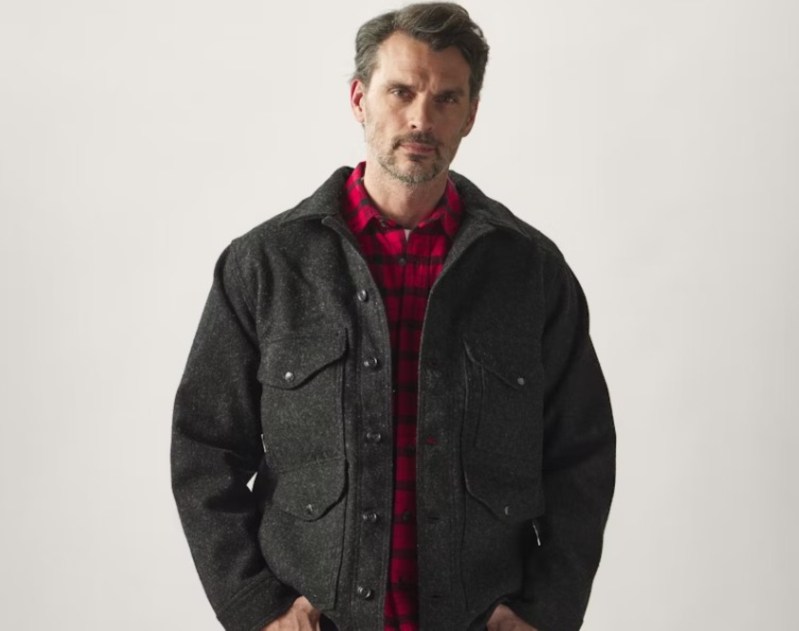
Filson’s rise

You know about the gold rush that took place in the 1840s and 1850s. If you watch NFL football, you are absolutely aware of the time since the San Francisco team took their name from the adventurers flocking to the area in 1849. But do you know of the Alaska gold rush half a century later? When the SS Portland docks in Seattle became loaded down with gold from the Yukon, adventure seekers and gold lusters flocked to the area.
Filson started out by equipping the masses in search of wealth and prosperity with gear and clothing warm enough for the frozen north. Because these items could become a matter of life and death, Filson was able to make a name for itself by providing quality garments that stood the test of time and never wavered in the face of harsh temperatures. They continued their excellence by creating many iconic pieces over the years and landing the
Today, the brand has a legacy of quality and endurance, even landing the honor of officially equipping the National Forest Service in 1945. That wasn’t the start; they had been the agency’s favorite brand for twenty years unofficially.
The Iconic Mackinaw

While their first big drop came in 1912 with the Original Hunting Jacket, 1914 gave us what may be the most iconic piece in the Filson jacket line-up. The iconic Mackinaw Cruiser launched in a pullover (which today would be a warmer and more stylish henley on steroids) and a jacket version. With its unparalleled warmth, four utility pockets in the front, and a map pocket in the back, the Mackinaw quickly became a favorite for the U.S. Forest Service, loggers, hunters, and virtually every outdoorsman in the Pacific Northwest.
But the warmth, the pockets, and the general stylish look weren’t why these rugged outdoorsmen loved the Mackinaw. The dense wool weave makes the Mackinaw water-resistant and breathable, both of which are massive must-haves in the unpredictable weather of the Pacific Northwest.
The endurance of an icon

110 years is a long time for anything. It’s a lifetime. Closer to two lifetimes when the jacket was first introduced. But the Mackinaw sports a legacy of excellence not only because it is high quality and effective in the harshest weather the Pacific Northwest has but also because it is made in America. Every single one of the jackets is made in the home factory in Seattle, making this icon something you want to wear because of its usefulness and because you can feel good that, like you, it is the pinnacle of American ingenuity, spirit, and adventure.
In celebration of the anniversary, Filson created 110 limited edition Mackinaws that embody the spirit of the jacket’s history. Unfortunately, they are all gone (we can hope for another drop for those of us late to the party), but the original is still available in a handful of colorways. Charcoal, Navy, Forest Green, Black and Red Plaid, Black and White Plaid, and Hunter’s Orange for all the sporting gentlemen. It may not be the limited edition, but just like the great white shark, this jacket never had to evolve.
Styling it a century later

Styling this iconic coat is pretty straightforward. Of course, the orange option should be kept in the woods most of the time, but a brilliant use of color can make you the talk of the town. If you decide to wear the bright orange color, pairing it with neutrals, especially blues, will make you look fantastic.
The plaid versions will be your ultra-casual pieces for warmth. Layer these over denim and sweaters in the colder months and henleys in the transition months to ensure you look your best. While you’re at it, you should definitely make sure you are sporting your best-rugged boots to finish off your looks.
Finally, the charcoal, navy, and green options may look great with casual outfits but don’t overlook the ability to dress these up. Use these in place of your wool peacoats and overcoats. Scarves and leather gloves will take these from woodland warmth to Seattle and Portland style in no time. No matter how you decide to wear the Filson Mackinaw Wool Cruiser, know that you are supporting a legacy of American adventure and American craftsmanship.



